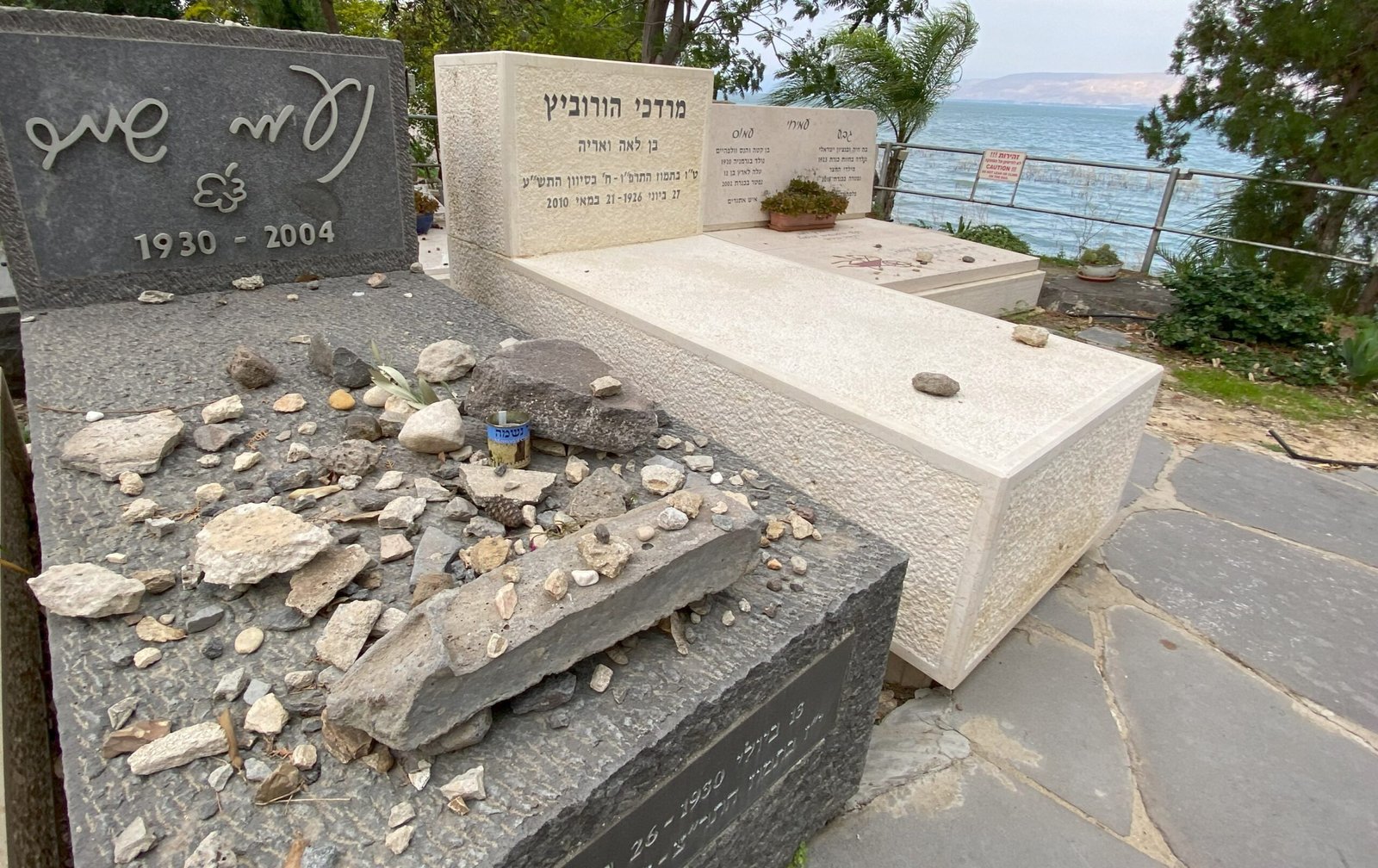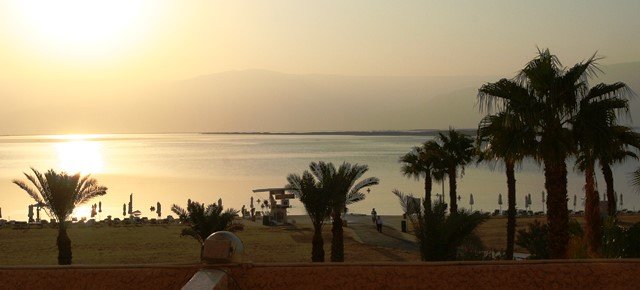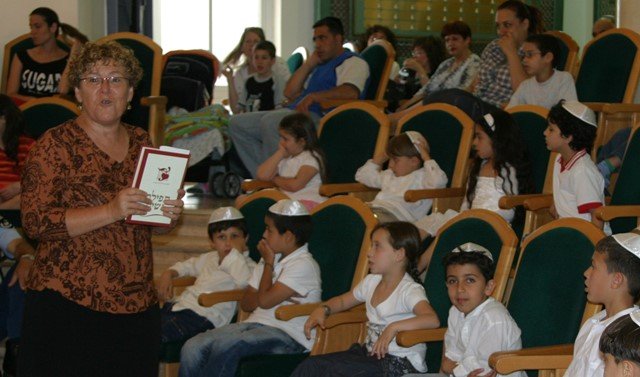Share This Story, Choose Your Platform!
The Bible actually is exciting, enthralling, and especially up-to-date. Problematic to us in the 21st century is, that the biblical texts are ancient and complex. The second chapter in the Book of Psalms is a prime example of this.
Naturally, we are interested in what a text has to say “to me personally.” And the Bible often picks us up right there. It wants to speak into our life so that we can align it with the word of God.
Then, there is often another point of view in the Bible: The perspective is widened. The entire world of nations is being included. Psalm 2 opens a breathtakingly wide horizon.
Both in view of the personal component of the biblical texts as well as with regard to the national or even international level we can retrace many statements empirically. The biblical word appeals to us because we feel the same way, have the same experiences and fears, and because we are driven by the same hopes.
But the Bible does not stop with what we are able to perceive with our senses or understand with our minds. Far beyond our empirical possibilities it opens to us a glimpse of God’s incomprehensible perspective.
It is crucial that we keep an eye on these different perspectives and differentiate between them in order to avoid misunderstandings. Not all that Scripture says is automatically the direct speech of God, as God intended or determined it. It is not unusual that the Bible describes to us what human beings think, want or do – even if this rebels against the will of God. Reading the Bible, we do have to distinguish between descriptive and normative statements.
In Psalm 2, these different levels merge quite abruptly into each other. Verses 1 and 2 describe a world situation that anyone with open eyes and an alert mind can perceive – whereas the psalmist gently infuses his own judgment.
Verse 3 quotes the opinion of politicians, while verse 4 gives us a heavenly perspective that no one can grasp with the natural eyes. Verses 5 to 9 provide a glimpse into the future, a glance into the thinking, feeling, and actions of God Himself.
The last three verses conclude the Psalm with an appeal. Thereby, the Psalmist reveals himself as by no means objective spectator, but as someone who trembles for the well-being of those human beings whose situation he describes.
The historical background of Psalm 2
Before we go into the text of Psalm 2, a second observation has to be made. Starting with the Hebrew language, biblical texts rarely make a chronological classification positively easy for us. The Hebrew of the Bible does not distinguish as stringently as we would like it, between past, present and future.
Especially in poetic and prophetic texts, different temporal levels sometimes merge without a sharp separation. Biblical Hebrew distinguishes less between what was, what is and what is to come as European languages tend to do. Rather, ancient Hebrew verb forms denote something firmly closed or decided (perfect) and distinguish this from something that is open, in development, growing or only in the future will find its conclusion (imperfect). Thereby, it is not uncommon for something finished and perfect to happen in the future, while something else develops unfinished and open-ended in the past. Rabbinic interpreters in such cases simply note that this is a future form (imperfect) that holds for the past, or a past tense (perfect) that holds for the future. Thus, the biblical text is able to seamlessly make statements about the future from a historical situation and at the same time convey insights or instructions that apply to the present.
Psalm 2 can be understood on five levels. The New Testament considers King David to be the author of this psalm (Acts 4:25). Rabbinic tradition sees as its background the accession of David, which the Philistines sought to prevent (see 2 Samuel 5:17).
The modern orthodox Jewish exegete Amos Hakham[1] refers to an exegetical tradition that supposes behind Psalm 2 an ancient coronation ceremony in the course of which God adopts the Judean king as His son.
The New Testament opens up a third level of interpretation. There, Psalm 2 is the most-quoted psalm. Jesus from Nazareth is the ‘son,’[2] the ‘Messiah’ (Psalms 2:2; John 1:41), that is, the anointed servant of God (Acts 4:27, 30) and king from the Davidic dynasty (Psalms 2:6; John 1:49). Our psalm describes his suffering and resurrection. The raging nations (Psalms 2:1) are “Herod and Pontius Pilate together with the Gentiles and the tribes of Israel”[3].
The Revelation of John consistently builds on this perspective and opens in chapter 2, verses 26 and 27 a fourth exegetical level. There, the exalted Messiah gives the “one who overcomes” and “preserves my works to the end” “authority over the Gentile nations.” He predicts that the faithful follower of Christ will “tend the nations with an iron rod” and “shatter them like pottery.” This is unmistakably a reference to Psalm 2:8-9, which is applied in this case to the individual believer.
Finally, a fifth level of understanding of Psalm 2 is the one that may be most evident today for those reading Bible and newspaper side by side. Already the old midrashim[4] recognized the messianic king of the end times in the second chapter of the Book of Psalms. He crushes the rebellion of the Gentile peoples in the ‘War of Gog and Magog’ and brings final redemption to Israel. Hakham observes: The Prophetic Psalmist “says these words as if they were happening before our eyes in the present”[5]. Psalm 2:2 incidentally is the only passage in the Hebrew Bible that uses the title “Messiah” for a future king, who will rise in the end times and bring salvation.[6]
These different levels of interpretation do not exclude each other. Rather, they complement each other. None of these five perspectives can capture all the statements of this psalm on its own. Only together and merging into each other do they produce the perfect picture that this Prophetic Psalmist “driven by the Holy Spirit” (Acts 4:25) draws.
Footnotes:
[1] Amos Hakham (1921-2012) became known in Israel as champion of the first Israeli and worldwide Bible quiz. His handicapped father, Noah Hakham, was a Jewish Bible teacher who had moved from Vienna to Jerusalem in 1913. He had not sent the only son to a public school for fear of a speech impediment. Rather, he himself had trained him in extremely poor conditions. The Bible quiz in August 1958 revealed Amos’ genius and established his legendary career as interpreter of Scripture. His expositions are only available to me in Hebrew.
עמוס חכם, ספר תהלים, ספרים א-ב, מזמורים א-עב (ירושלים: הוצאת מוסד הרב קוק, הדפסה שביעית תש”ן/1990), ט-י הע’ 16.
[2] Psalms 2:7, 12; Matthew 3:17/Luke 3:22; Matthew 4:3; John 1:49; Acts 13:33.
[3] Acts 4:27; see further Acts 13:13ss; Hebrews 1:2, 5; 5:5 and Revelation 12:5; 19:15.
[4] The term ‘midrash’ (מדרש) is derived from the Hebrew root ‘darash’ (דרש), which means ‘to seek,’ ‘to ask.’ So, ‘midrash’ is literally ‘research,’ ‘study,’ ‘interpretation,’ ‘teaching,’ but is used here as a comprehensive term for rabbinic interpretation, which was passed on orally in the ancient world, later in written form. As a literary genre, the ‘midrashim’ as an interpretation follow the biblical text, while the ‘Talmud’ deals with substantive issues and is ordered accordingly.
[5] עמוס חכם, ספר תהלים, ספרים א-ב, מזמורים א-עב (ירושלים: הוצאת מוסד הרב קוק, הדפסה שביעית תש”ן/1990), ט.
[6] עמוס חכם, ספר תהלים, ספרים ג-ה, מזמורים עג-קן (ירושלים: הוצאת מוסד הרב קוק, הדפסה שישית תש”ן/1990), ו הע’ 3.






















